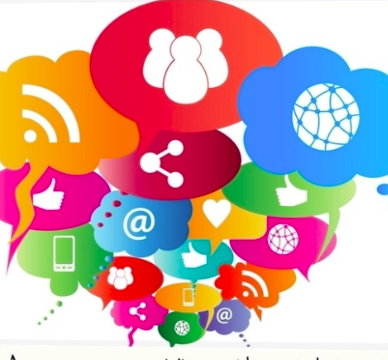
Seven key types of content used by B2B technology purchasers
Technology purchasers consume a lot of different kinds of content before making a purchase. So which types of content should the marketing team focus on? The following list uses current data to show what and why C-Level, VP, IT and and sales leaders are looking at when making decisions, and which kinds of content are most important.
1. Press releases
The first source of information in the pre-search phase, besides peers and colleagues, are trade journals. Make sure your press releases do not bury the lead, but have a “news hook” and are sent to all a curated list of editors. What goes into the press release?
- Major upgrades, and new products and verticals.
- New accounts.
- Industry information that proves your story. Example: If you sell email platforms, statistics that use of the type of email functionality your company provides has has grown by 50%.
- General markers, has business grown by 200% YOY? Did your platform process $600 million in transactions (as one of our client’s did) That helps sell the validity of concept.
2. White papers
White papers are the second most-used way that executives “keep up” on technology in the pre-search stage (Walker Sands Survey, 2016). These are longer, and typically more statically-rich and/or include best practices. The more general they are, the less useful, so if you can curate data from your own customer base, that is a win-win for everyone. White papers should be useful enough for ads and onsite lead generation programs.
3. Blogs
¨Blogs¨ are a way to collect all your case studies and shorter bits of information, build SEO, and help educate key executives in how their industry is changing. Typically you can house all the content in a running blog, then separate out the more important “evergreen” content into a Resource Center, or list under each vertical.
Here are some of the kinds of content that go into the blog
- Short write ups and images of key data points on mega-trends that support your company’s value proposition. Example: iPublish media pulled seven blog pieces from data on the rise in SMB´s DIY purchases of marketing and two trend articles on the importance of trusted content.
- Negative warnings on the problem your platform solves. Example: The #1 reason (your market) is losing (fill in the blank) is (fill in the blank).
- Company news too small to warrant a full press release. Welcoming smaller customers onboard, added capacities, client webinars.
- Attendance at upcoming events.
- All the other content as it is released, including PR, case studies, etc.
4. Newsletters
Newsletters are designed to distribute links to this information more widely without spamming them by delivering every individual blog post and announcement separately. Some companies get their newsletter going quarterly newsletter, as a report that shows couple of new clients, case studies, product upgrades, other blogs. Later on you can run newsletter more frequently and segment so that customers receive more of the internal information, and prospects in the discovery and research phase receive the more external messaging
5. Case studies: The #2 influence on the technology purchase decision
Along with product demos, companies who purchased marketing technology said that case studies are the most important influence on the buying decision (Walker Sands Survey, 2016).
Using a third party can overcome reluctance by making it a win/win for your customers, who are also motivated by peer recognition for “best practices” using your platform.
6. Product demos
Product demos the #1 influence on technology purchase decisions (57% Walker Sands, 2016). If you are not getting some kind of outside feedback on your product demo, you are losing out.Use your product demo, to answer “main concerns” as well as build the case for a purchase.
7. Internal and External Peer recommendations
By the time that key executives are actually making a decision, the role of the sales person typically goes quiet. Only 5% of executives rely on representatives at this stage of the game. Instead they are talking about the demo and the case studies internally, and getting more recommendations externally, as they decide either whether to do this, and/or which company to choose.
Peer recommendations from inside and outside companies are always top five factor in both instigating a search, selecting a vendor and deciding which company to select.
Internally, the product demos and case studies are going to be the most influential on the internal group. Their main concerns are typically cost and ease of use. Build these concerns into the presentation.
Externally, make sure you have great references from the case studies, or from clients that have not given you one but who are willing to vouch for your team.
Where is the website in all this? The website is critically important, especially in the research and engagement stage, as potential purchases are deciding if they should continue to the demo. Studies shows that the website is in the top five influencers in making a decision between companies. This passive search needs to discover your key messages, and the users should understand the products and verticals, and find demo buttons right away. See this report for a more detailed analysis of how content influence the technology purchase at each stage, and what internal constituency care about.






Comments are closed.